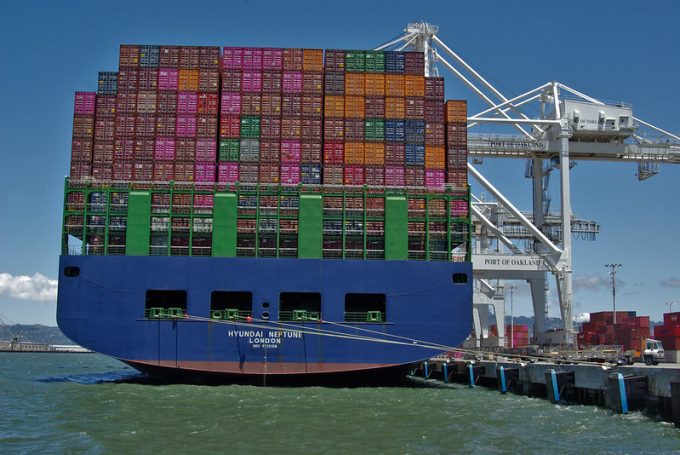CMA CGM South Korean staff strike over bonuses after bumper 2024 profit
CMA CGM’s employees in its South Korea office have gone on strike for increments and ...

Transpacific traffic is on the rise again at the port of Oakland, as the Ocean Network Express (ONE) is about to resume service to the US port next month.
Starting on 13 November, the Japanese carrier alliance will add Oakland again to its PS5 service, having ...

Comment on this article